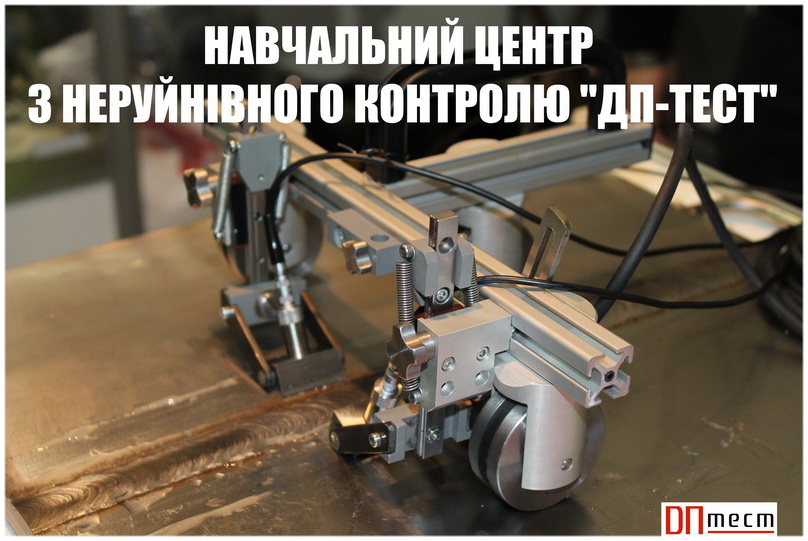Actuality of theme
To date, many welded structures have been widely used in many industries. The advantages of this method of bonding various metal structures are the savings of metal, cost reduction, speed of operation and strengthening the structure as a whole. Failure to provide the required quality of welded joints can lead to the destruction of such objects, so controlling them for defects is an urgent task nowadays. In a master's thesis, this problem is solved by developing an ultrasonic automated system for the control of welded joints.
The purpose and objectives of the study
The purpose of the study is to improve the accuracy of non-destructive testing of welded joints by improving the method and scheme of object flaw detection.
During the study the following tasks were set and solved:
1. To analyze and substantiate the ways of existing method of flaw detection of welded joints in large diameter pipes.
2. Develop a structural and functional diagram of an ultrasonic automated system for the detection of defects and calculate its main nodes.
3. Create a scanner design model in the Solid Works environment.
The object of study is the process of ultrasonic flaw detection of welded joints during the operation of pipes.
The subject of the study are methods and means of improving the accuracy of defect location when controlling welded pipe joints.
Research methods are based on the use of theoretical bases of ultrasonic nondestructive testing; methods of digital signal processing; modeling of converter mounting design in SolidWorks environment.
Scientific novelty of the obtained results
1. The method of ultrasonic flaw detection of welded joints of pipes was improved based on the complex application of automation of the process of obtaining measuring information and a set of design solutions, which allowed to increase the speed and accuracy of flaw welding of welded joints.
Keywords: ultrasonic non-destructive testing, piezoelectric transducer, acoustic tract, ADC, Analog Devices, DAC
Research advisor: H. Bohdan









